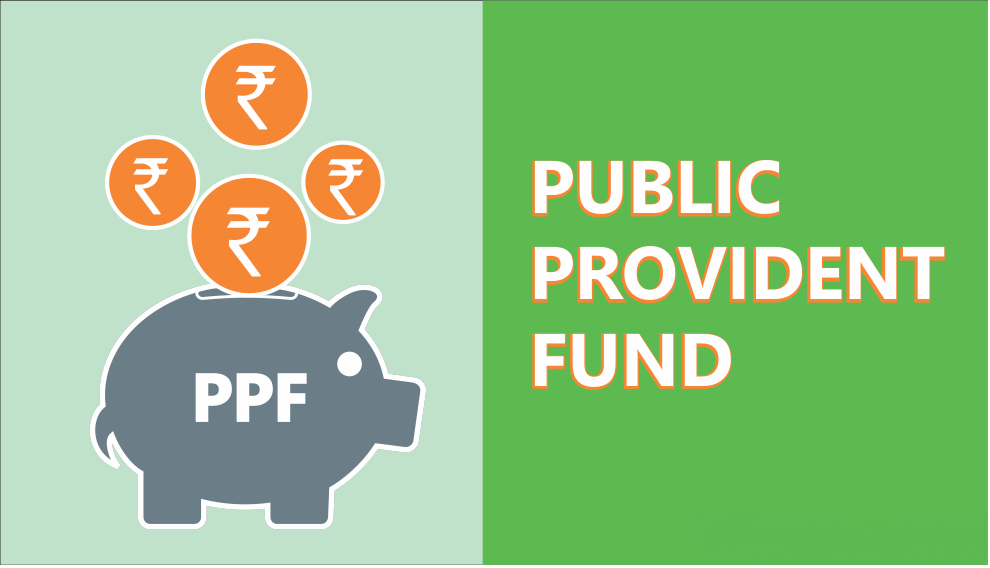The Public Provident Fund (PPF) has remained a popular fiscal strategy for long-term savings, owing to its tax advantages and security. PPF is one of the greatest savings programs in India since it is a secure investment strategy that will benefit you in the big scheme of things. Anyone can choose to open a PPF account in a post office near them or in any bank.

The investment made is locked in for 15 years. You may only withdraw a part of the funds in your PPF account upon the completion of 6 years. Since PPF is a long-term way to invest, you can extend the length of your investment for an additional five years after the initial 15-year period.
If you engage in a PPF, you receive compounded interest on your accumulated gains. The present PPF rate of interest is 7.1 % a year, compounded annually. The Ministry of Finance would set the rate on a periodic basis. Interest will be paid to the accounts at the conclusion of every fiscal year.
Tax Benefits
One of the motivations for PPF’s appeal is the tax advantage it provides; it has the EEE (exempt-exempt-exempt) tax classification. This implies that the interest gained and profits collected at expiration are entirely tax-free or exempted at the time of investment. PPF investments are also tax deductible per Section 80C.
Key Points to Note
A PPF account holder must submit installments or lump funds before the 5th of every month to optimize return. If you do have the funds, you may invest 1.5 lakh in a flat payment by April 5th. It will enable you to earn interest on a one-time investment throughout the year.
PPF funds can be expanded into five-year increments.
The government enables the early closing of PPF accounts following 5 years, but only in exceptional circumstances.
Provisional withdrawals that are permitted once per year beginning with the 7th fiscal year, are also tax-free.
PPF Interest Calculation
The lowest investment in a fiscal year is Rs 500, while the highest investment is limited to Rs 1.50 lakh. The upper restriction of Rs 1.50 lakh applies to both amounts deposited in his or her own name and those placed on behalf of children. Investors can invest between Rs 50 and Rs 1.50 lakh in any number of deposits over the course of a fiscal year.
For the given month, the interest is calculated on the least account balance that exists between the 5th and last day of the month. At the conclusion of each fiscal year, interest will be credited to the bank. Interest is paid to the account for every financial year, irrespective as to where it is at the end of every financial year.
F = P[({(1+i)^n}-1)/i] is the formulae for computing PPF interest. F = PPF maturity earnings; P = Yearly instalments; n = number of years I = Interest rate/100.
Also Read: RBI’s New Prepaid Payment Instrument – What is PPI?

